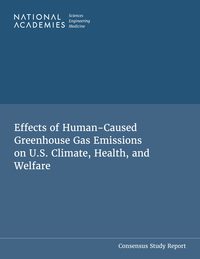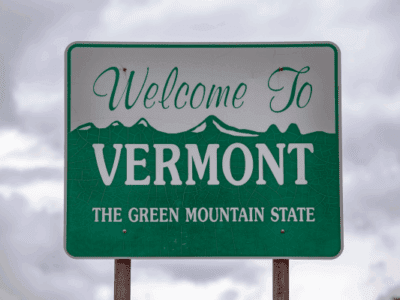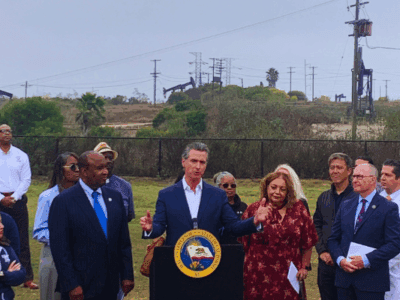Climate Change’s Bipolar Personality

Climate change is literally bipolar, impacting both the northernmost and southernmost parts of the globe. But the pace and effects of warming differ at the two poles.
At the northern end of the world, impacts are already dramatic. The Economist has a special feature on the Arctic, which provides an especially clear explanation of why the Arctic is so vulnerable to climate change. The lands surrounding the Arctic keep water from circulating around it, so the ocean currents bring up warmer water from the south and as a result the Arctic is closer to the melting point of water than the Antarctic. When melting does occur, there’s a major feedback effect — melting snow exposes darker land or sea, which absorb more heat, which melts more ice and snow. The Arctic Sea could be ice-free within thirty years. In the meantime, coastlands are exposed to erosion, and some parts of Alaska are losing 45 feet of land per year.

At the other end of the world, climate change is also impacting Antarctica, though more slowly. As the map to the left shows, the impact is especially pronounced in West Antarctica. (Since Antarctica is centered on the South Pole, these designations seem arbitrary — every part of it except the Pole itself is both east and west of every other part.) There is considerable concern that the West Antarctic Ice Sheet is melting considerably faster than expected (see here). Arctic melting does not directly affect sea level because the ice is floating on top of the water. But in West Antarctica, the ice shelf is grounded on the sea bottom and blocks movement from glaciers on land, which will speed up quickly if they are no longer blocked. Thus, the potential contribution to sea level rise is much larger.
These changes at the poles of the world will have impacts elsewhere. At a macro level, global weather is a giant heat-transfer machine transporting heat from the warm tropics to the cold poles. If the poles are warmer, that affects the operation of the whole system. So those of us in the middle — in the temperate zones between tropics and poles — will see weather effects from the changes at high latitudes.







Reader Comments